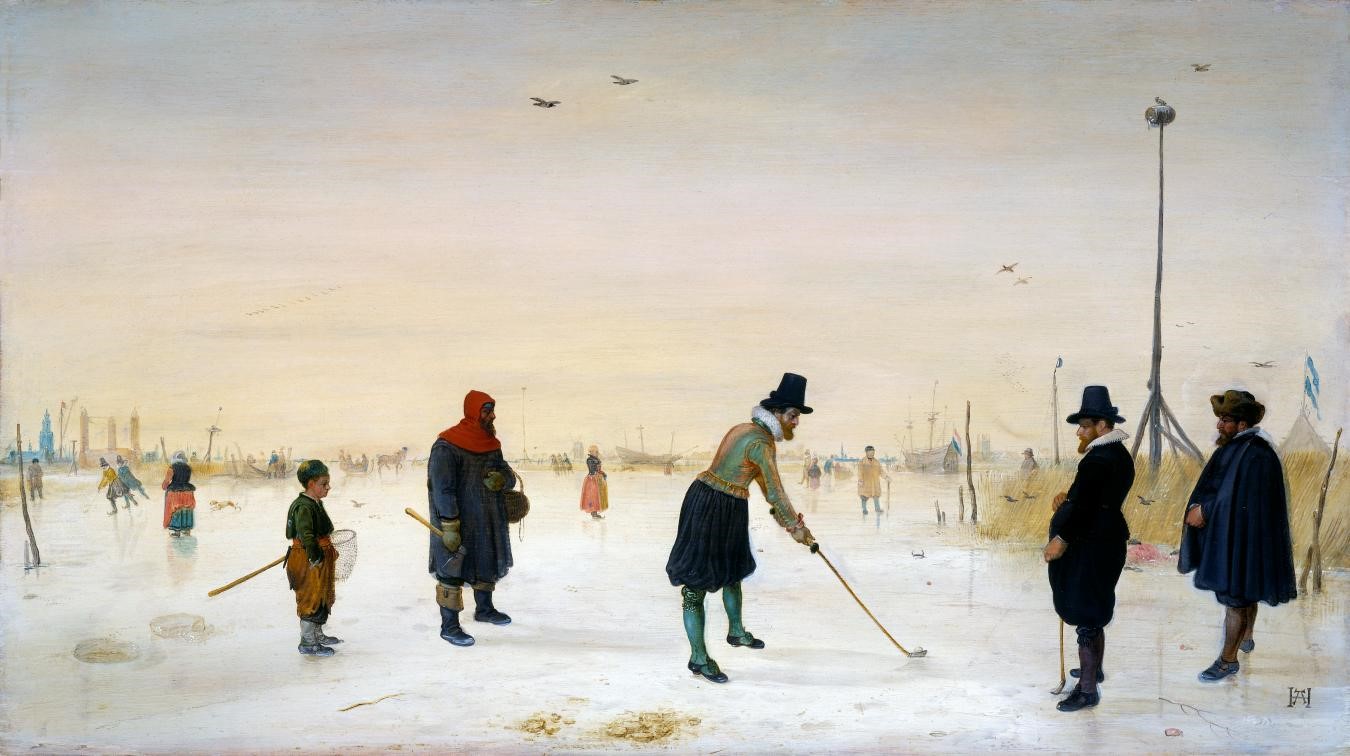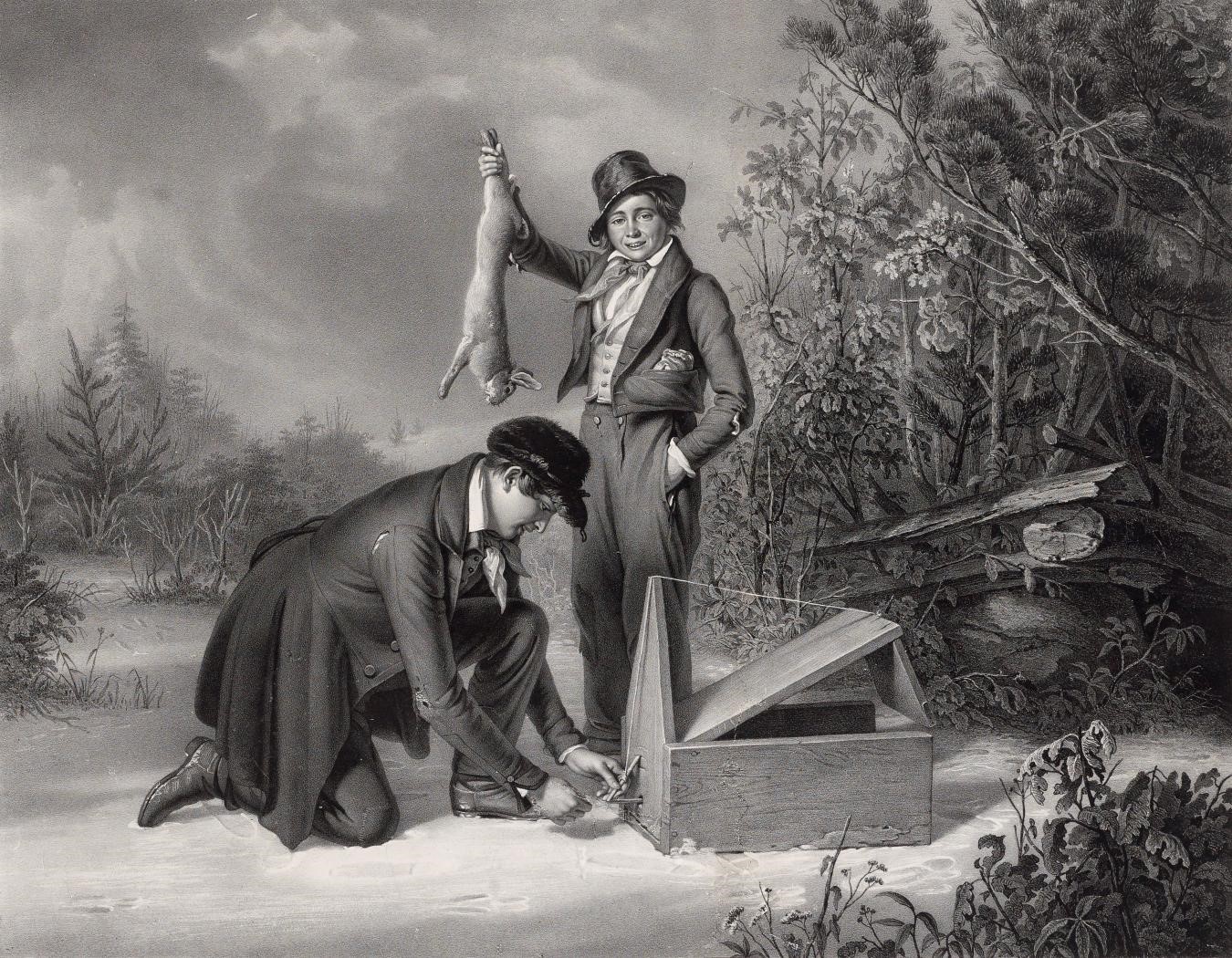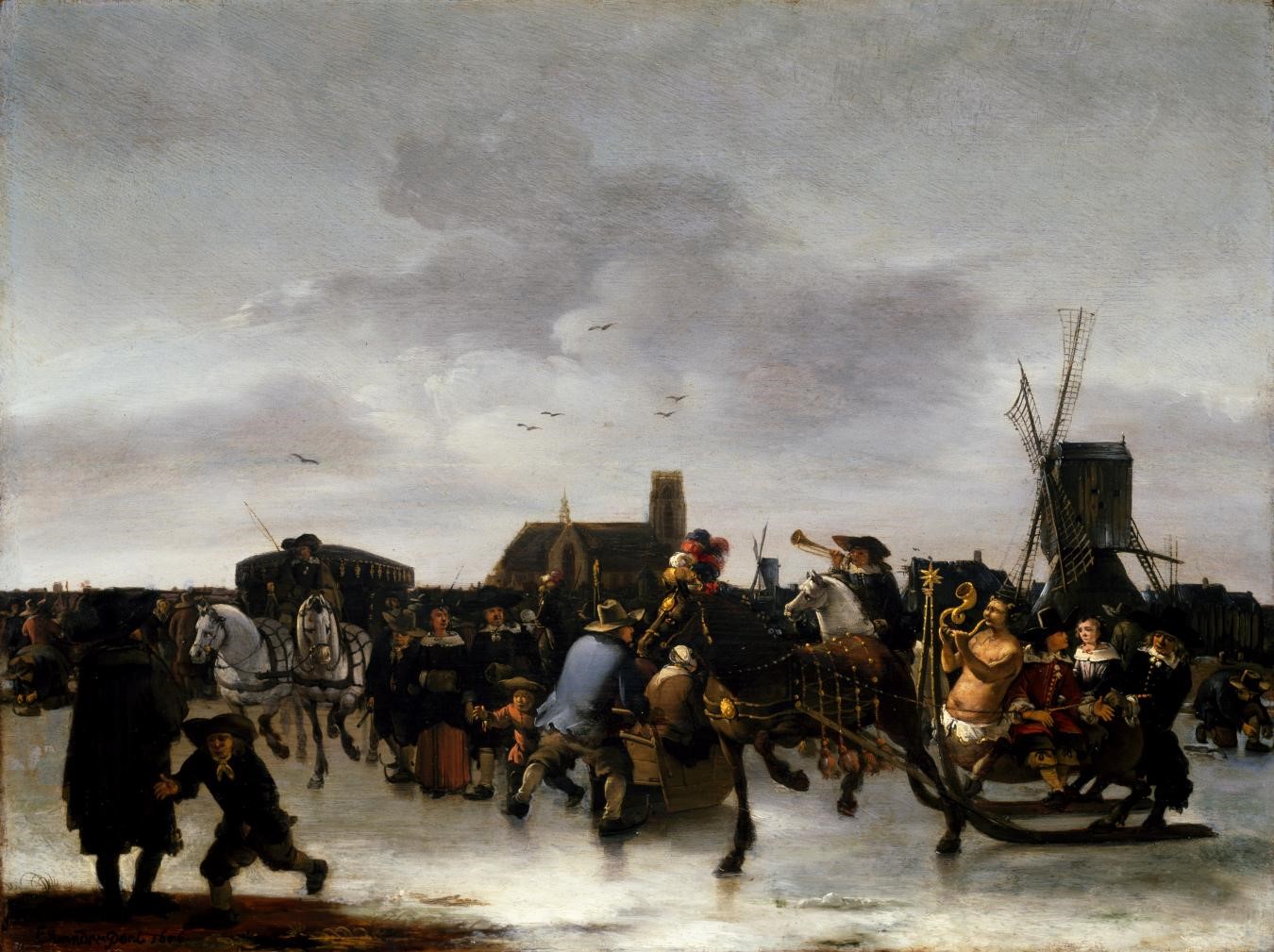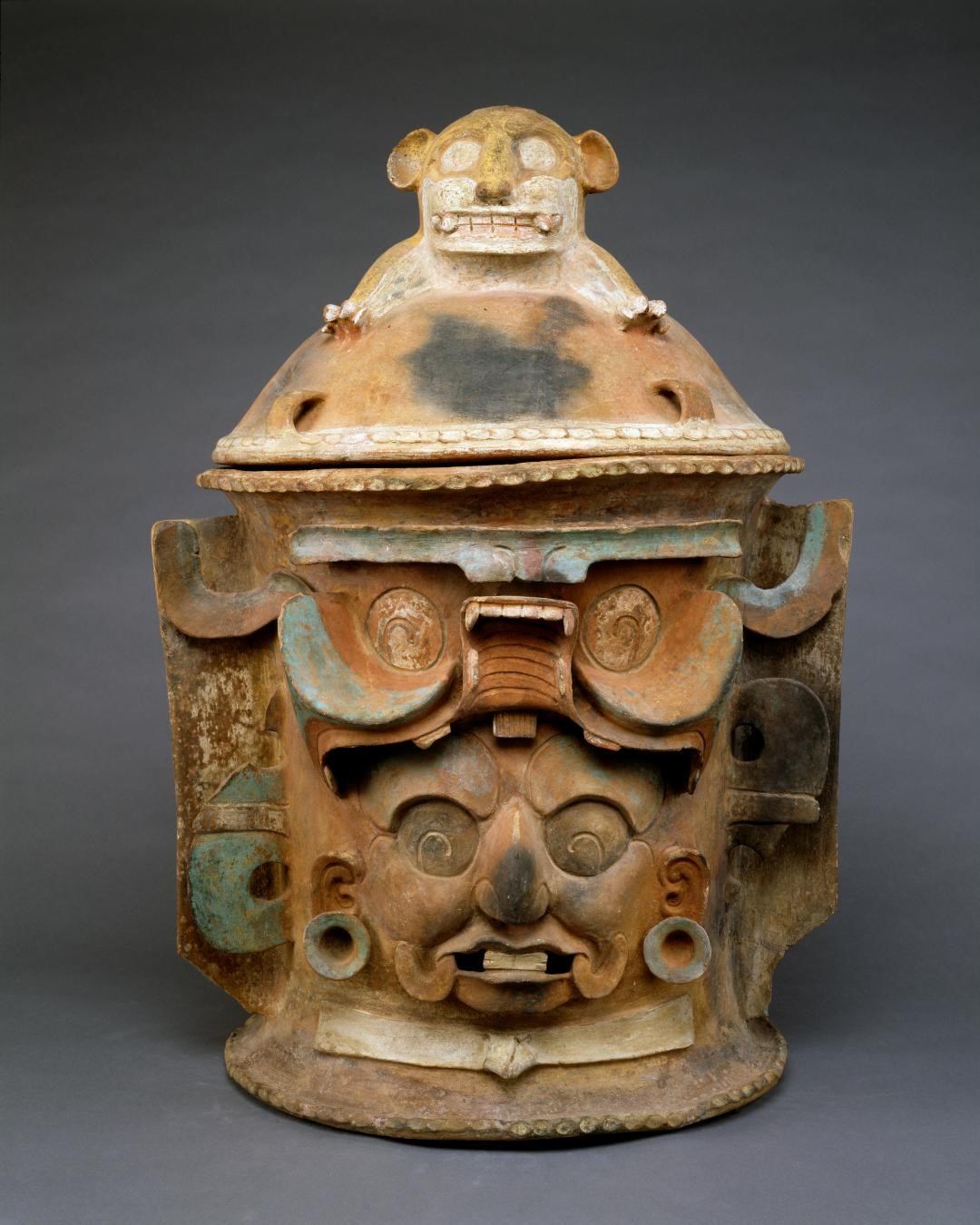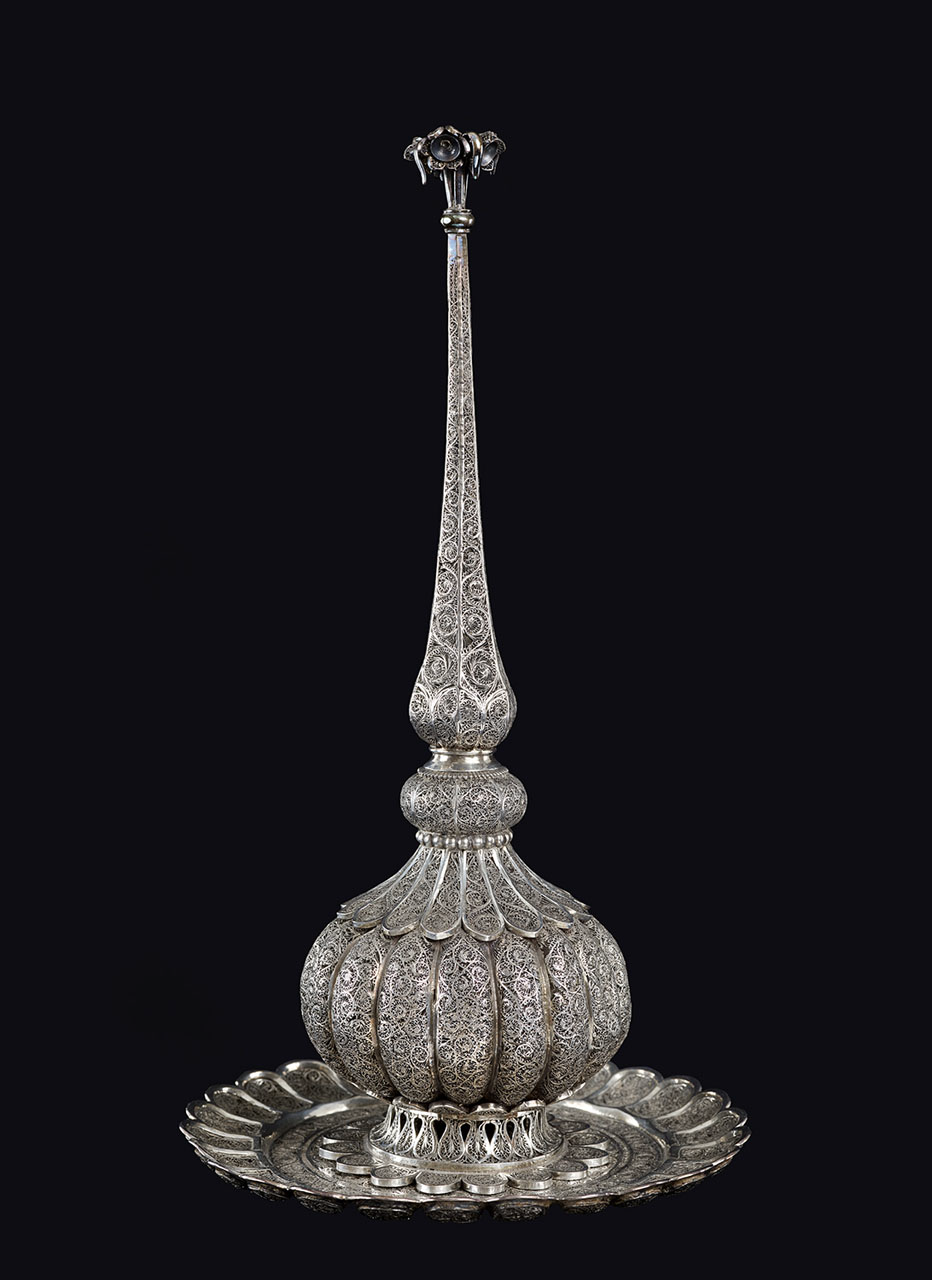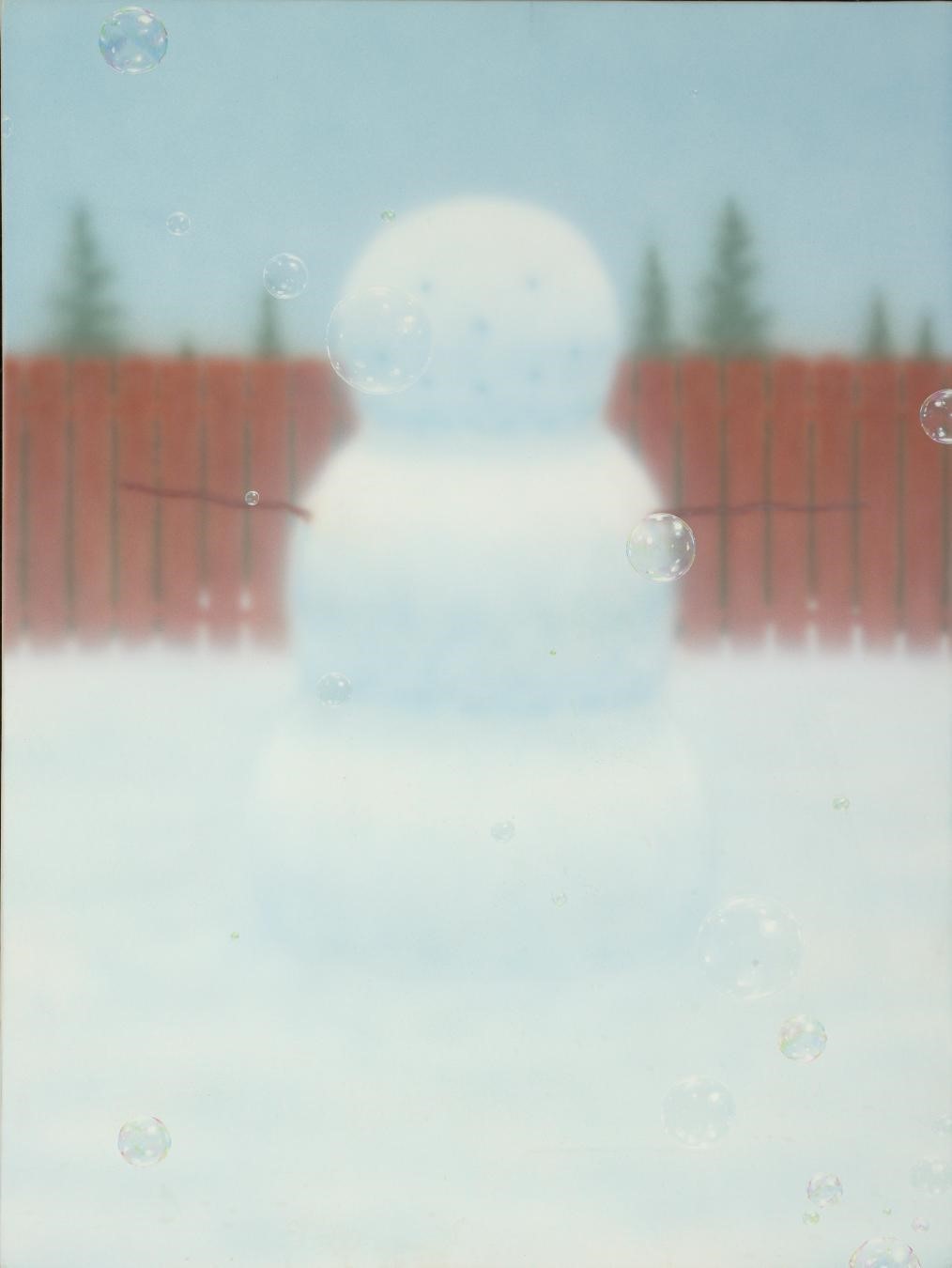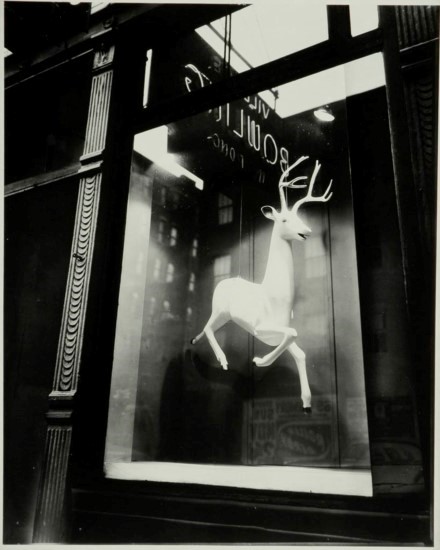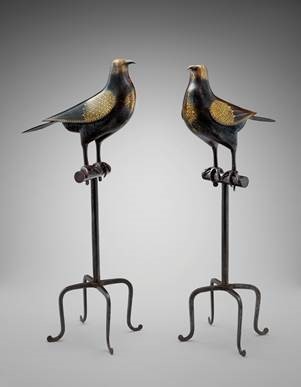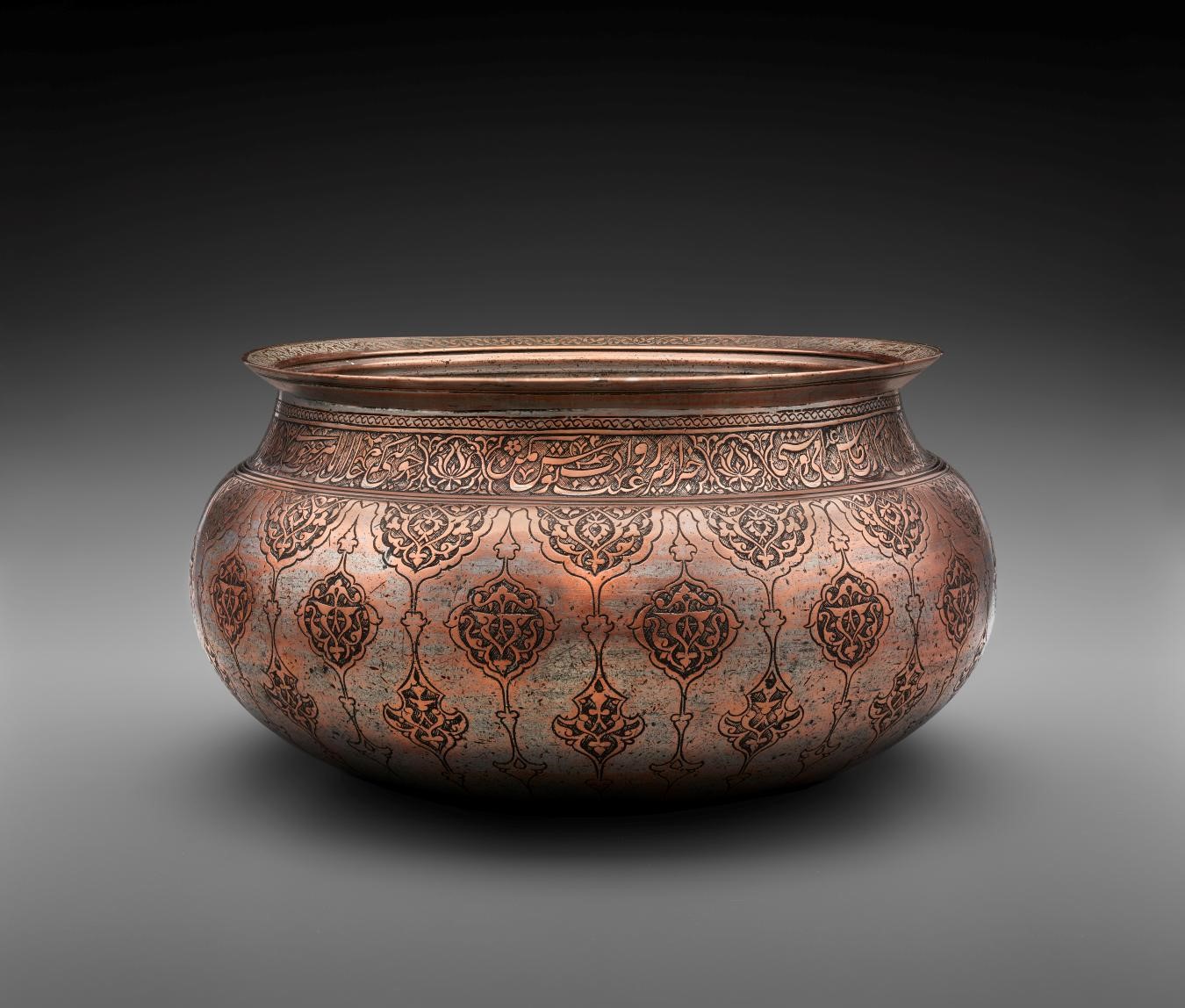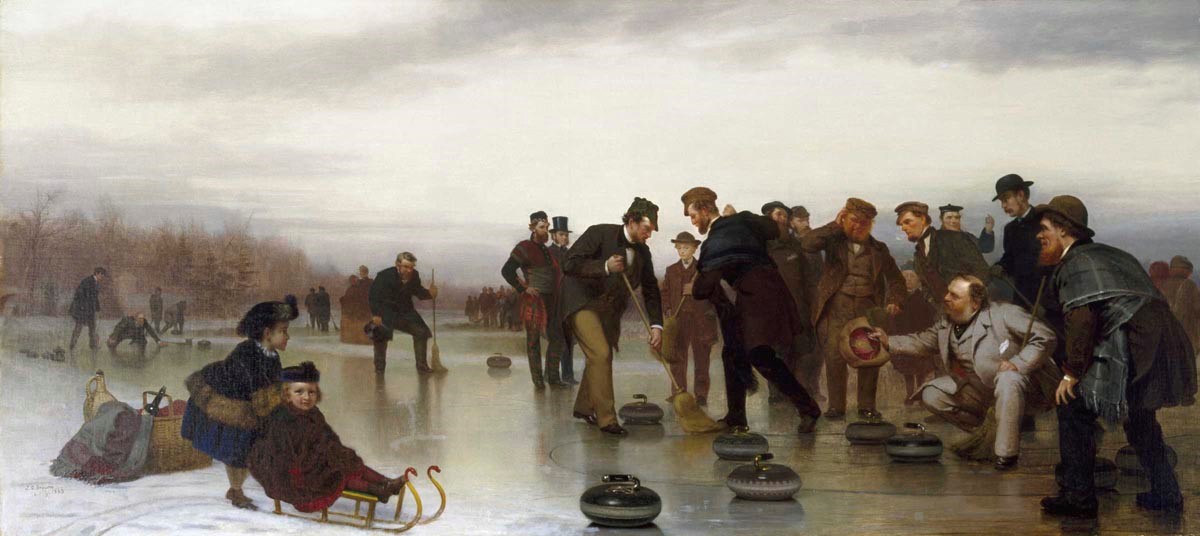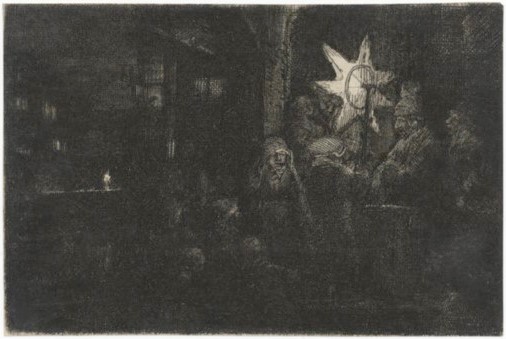Top 12 Wintry Works of Art, Selected by MFAH Curatorial Staff December 13, 2018
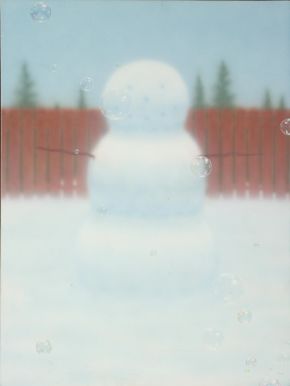
Todd Hebert, Back and Forth, 2003, acrylic on canvas, the Museum of Fine Arts, Houston, gift of Alton and Emily Steiner. © Todd Hebert
Hendrick Avercamp, Ice Scene with Golfers, c. 1625, oil on wood, the Edward and Sally Speelman Collection on loan to the Museum of Fine Arts, Houston.
Enomoto Chikatoshi, Christmas Eve, c. 1933, color, ink, gold, metallic pigments, and silica on silk, the Museum of Fine Arts, Houston, museum purchase funded by Nanako and Dale Tingleaf.
After William Sidney Mount, Catching Rabbits, 1850, lithograph, printed chine collé, on paper, the Museum of Fine Arts, Houston, the Bayou Bend Collection, Museum purchase funded by Steve Adger, Pedro Frommer, Steve Gibson, Dan Gilbane, Duncan Lamme, Graham McKernan, Abbott Sprague, Henry J. N. Taub II, and John Wombwell in honor of Cherie and James C. Flores at "One Great Night in November, 2012."
Egbert van der Poel, A Skating Scene, 1656, oil on panel, Sarah Campbell Blaffer Foundation, Houston.
Maya, Funerary Urn with Jaguar Lid, 600–900 AD, earthenware with slip and traces of polychrome pigment, the Museum of Fine Arts, Houston, Museum purchase funded by "One Great Night in November, 1993."
Indian, Rose-water Sprinkler and Tray, 18th century, silver filigree, the Museum of Fine Arts, Houston, gift of Mohammed Rezai.
Berenice Abbott, Designer’s Window, Bleecker Street, New York, 1947, gelatin silver print, the Museum of Fine Arts, Houston, gift of Robert Steinke. © Berenice Abbott/Howard Greenberg Gallery LLC
Birds on Perches, Iran, 19th century, steel; inlaid with gold; the Hossein Afshar Collection at the Museum of Fine Arts, Houston.
Bowl, Iran, 17th century, copper; cast, incised, and inlaid with a black compound, the Hossein Afshar Collection at the Museum of Fine Arts, Houston.
John George Brown, Curling;—a Scottish Game, at Central Park, 1862, oil on canvas, the MFAH, Museum purchase with funds provided by the Alice Pratt Brown Museum Fund.
Rembrandt van Rijn, The Star of Kings: A Night Piece, c. 1652, etching with drypoint on laid paper, state I/IV, the Museum of Fine Arts, Houston, Museum purchase funded by Marjorie G. and Evan C. Horning Print Fund.
From scenes of ice and snow to objects that signify holiday and entertaining traditions, art at the MFAH shows how cultures around the world reflect on winter. Below, curatorial staff members share favorite works of art that relate to the season.
Hendrick Avercamp, Ice Scene with Golfers, c. 1625
The rivers and canals of Holland froze regularly during the “Little Ice Age” (1500–1850), but instead of berating this climatic change, the hardy Dutch burghers delighted in all types of winter sports. They skated, sledded, and fished on the icy waterways, and even played golf! Indeed, the Dutch claim to have invented this game, then called colf. But where does the ball go when you play on a frozen river? —Helga Aurisch, curator, European art
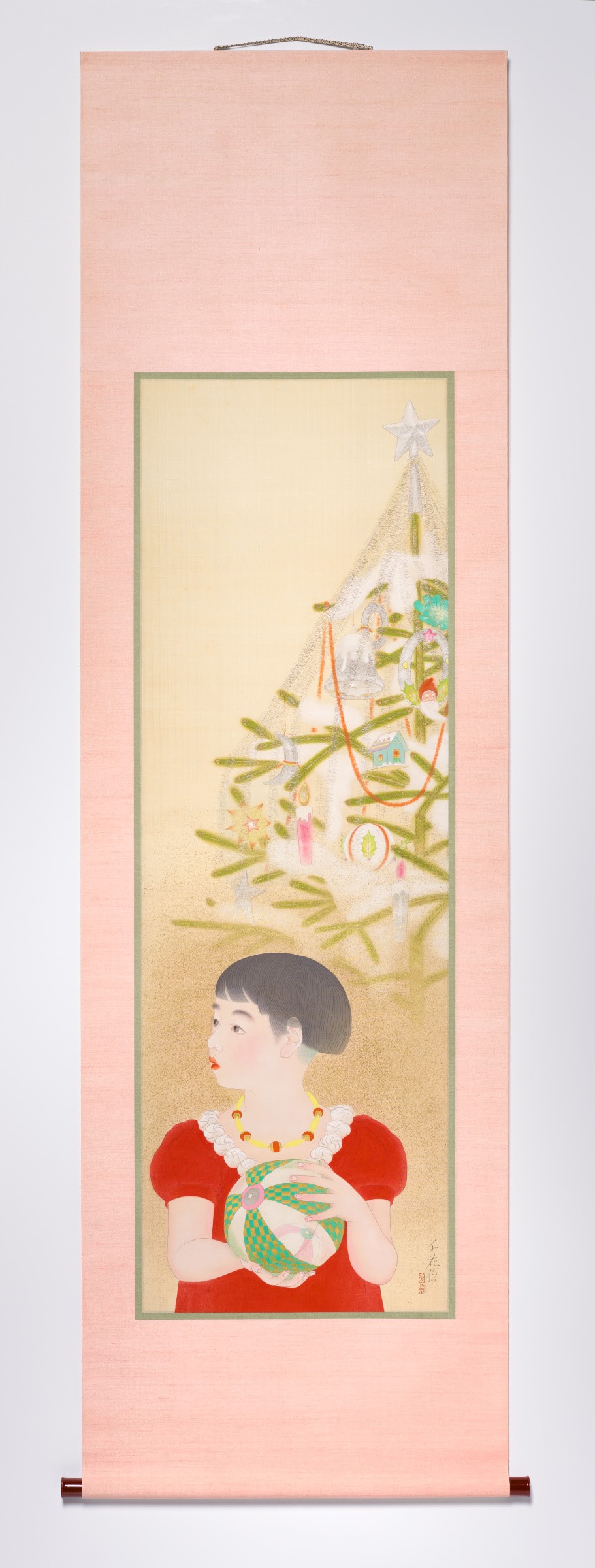
Enomoto Chikatoshi, Christmas Eve, c. 1933
A master of bijinga (beauty painting) during Japan’s early Showa era, Enomoto Chikatoshi was fascinated with the new “modern girls” who filled Tokyo. He favored subjects exploring recently imported pastimes, such as skiing, yo-yos, and even the celebration of Christmas. This charming work displays the artist’s characteristic detail and the rosy warmth he imparts to his beauties, especially at their fingertips. The pink and light green of the silk mount are a reference to the traditional Christmas colors of Japan, which are lighter than our red and green. —Bradley Bailey, curator, Asian art
After William Sidney Mount, Catching Rabbits, 1850
A cold winter day is the setting for Catching Rabbits, after a painting by noted American genre artist William Sidney Mount. Looking at this lithograph on view at Bayou Bend, one can almost feel the chill as one boy displays the catch while his companion resets the trap. Mount also used the image as a political commentary as well by way of an elaborate pun (rabbit = hare = hair = wig = Whig), suggesting the emerging political party’s growing capacity to capture voters. —Bradley Brooks, curator, Bayou Bend Collection
Egbert van der Poel, A Skating Scene, 1856
Charming skating scenes were popular in Holland in the 17th century. This painting, which you can see in the Beck Building’s Blaffer Galleries, makes me nostalgic about the winters I grew up with: Like the painter of this crisp winter scene, Egbert van der Poel, I was born in Delft, one of Holland’s most beautiful canal towns. When the ice was finally deemed strong enough in the winter, we would tie on our skates—just like the man on the far right of the painting—and roam the frozen waters, stopping only for hot chocolate with whipped cream. —Josine Corstens, curatorial assistant, Sarah Campbell Blaffer Foundation
Maya, Funerary Urn with Jaguar Lid, 600–900 AD
Time was cyclical to the ancient Maya. Like many cultures around the world, they considered the winter solstice to be a period of renewal. Related to that belief, this urn—on view in our Pre-Columbian art galleries—shows the sun being reborn in the morning after its travel through the underworld at night. The hope was that the person buried in the urn would be reborn into a pleasant afterlife. —Chelsea Dacus, assistant curator, antiquities; the arts of Africa, Oceania, the Americas; and the Glassell Collections
Indian, Rose-Water Sprinkler and Tray, 18th century
Rosewater sprinklers (gulabpash) were—and still are—used in Persian and Indian cultures to welcome guests with refreshing, fragrant rosewater. This sprinkler and accompanying tray, on view in the Art of the Islamic Worlds galleries, feature scrolling patterns fashioned from the complex technique of silver filigree. During this season of holiday gatherings with friends and family from afar, why not start a new tradition and welcome your guests with rosewater? —Aimée Froom, curator, art of the Islamic worlds
Todd Hebert, Back and Forth, 2003
Todd Hebert, a native of North Dakota, often draws on his childhood for inspiration in his ethereal landscapes. Back and Forth features one of his common motifs: a snowman grinning widely at the viewer. However, the snowman is out of focus, as if seen through the veil of memory. Floating, translucent bubbles are in sharp focus, adding a buoyancy and gentle surrealism to this wintry tableau. —Alison de Lima Greene, Isabel Brown Wilson Curator, modern & contemporary art
Berenice Abbott, Designer’s Window, Bleecker Street, New York, 1947
This photograph of a New York designer’s window is nothing short of holiday magic. Beautifully decorated windows are one of my favorite things about the season, and Berenice Abbott’s striking image of a bright white reindeer suspended in midair immediately calls to mind memories of seeing window displays on cold December evenings. Known for her photographs of New York, Abbott captured this image just a few blocks from her studio. —Marijana Rayl, curatorial assistant, photography
Birds on Perches, Iran, 19th century
These steel birds on perches remind me of Christmases spent with my grandmother, who always gave my sister and me little figurines or trinkets that reminded her of us. Many of them still sit on our bookshelves and dressers. Like the figurines on view in Garden Paradise, these steel birds don’t have any obvious practical function, but they carry a deeper meaning as a reminder of God’s promise of an eternal paradise. She would have loved them. —Margaret Squires, curatorial assistant, art of the Islamic worlds
This copper bowl was used for serving food at the opulent feasts of the Safavids, who ruled Persia from 1501 to 1722. The inscriptions guide consumers in banqueting etiquette: “O you who taste food from this bowl, / Do not eat other than for pleasure and good manners. / See that everything that you eat from it is permissible, / And beware that you do not forget to thank your host!” This advice is timeless—don’t forget to thank your hosts this holiday season! —Julie Timte, curatorial administrative assistant
John George Brown, Curling;—A Scottish Game, at Central Park, 1862
When I look at this painting, I am reminded of my first trip to New York City as a little girl with my mother. The smells, sounds, and visual wonders of the city were exaggerated by the cold weather and the city’s limitless festive spirit, making it one of the most wonderful places to be during the holidays. A highlight of our trip was ice skating in Central Park. In this painting on view in the American art galleries, John George Brown depicts a group of well-dressed men playing a game of curling on the glistening ice while children sled nearby. To me, this scene captures the beauty of winter in Central Park in the 19th century—and today. —Kaylin Weber, associate curator, American painting and sculpture
Rembrandt van Rijn, The Star of Kings: A Night Piece, c. 1652
In Rembrandt’s ability to capture the nuances of light and shade, enigmatic figures emerge from the evocative darkness, as in this celebration showcasing a group of figures moving door to door, singing songs, and receiving gifts by the light of a star-shaped lantern on the Feast of Epiphany. This scene by the Dutch master recalls the three wise men from the East following the star of Bethlehem and bearing gifts for the Christ child. —Dena Woodall, associate curator, prints and drawings

